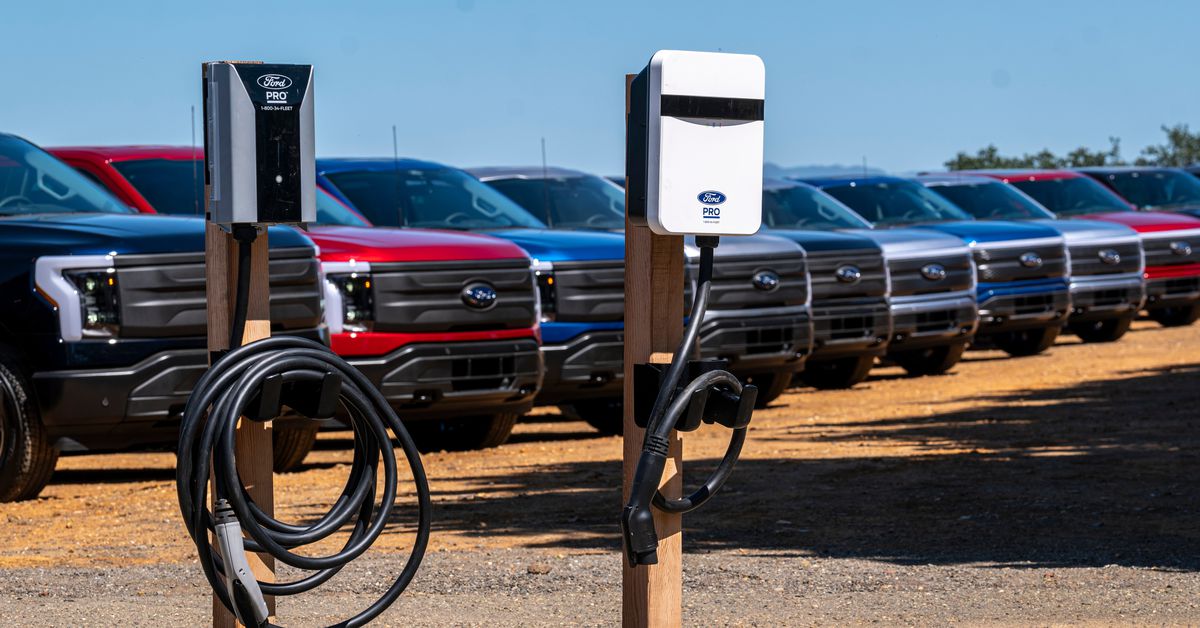The US is tantalizingly close to passing landmark legislation that would push the country closer than ever toward national and global climate goals. Yesterday, the Senate narrowly passed a budget reconciliation bill after months of stalled negotiations that watered down some climate provisions and then nearly fell through completely. After that roller-coaster ride, we’re left with the Inflation Reduction Act, which invests $369 billion in clean energy and climate action.
If the House passes the bill and Biden signs it into law — which they’re expected to do — it’ll be the most the US has ever spent in one go to tackle the climate crisis that’s driving devastating heatwaves, megafires, and hurricane seasons. While this latest iteration of the climate and energy bill is far from perfect, it would go a long way toward healing the damage humans have inflicted on ourselves.
The world is on a tight deadline to wean itself off of fossil fuels. Burning fossil fuels for energy has the nasty side effect of producing greenhouse gases that heat the planet. Globally, greenhouse gas emissions need to reach net zero by around 2050, an overwhelming body of research has found, to prevent significantly worse disasters that come with global warming above 1.5 degrees Celsius.
Crucially, the bill would slash cumulative greenhouse gas emissions by 6.3 billion metric tons over the next decade, according to a recent analysis by Princeton University’s ZERO Lab. To put that into perspective, it’s more than what the US pumped into the atmosphere in 2020 when it produced roughly 5.2 billion metric tons of emissions.
Right now, there’s a big gap between how much climate pollution the US produces and how much it’s promised to cut back by 2030 under the international Paris agreement. The new bill helps fill in that gap, getting us about two-thirds of the way to our goals, according to the Princeton analysis.
To do that, the bill prioritizes revamping the power sector to run on carbon pollution-free electricity like solar and wind. It will also build up the nation’s manufacturing supply chains for clean energy, make homes and buildings more energy-efficient, and boost electric vehicle adoption.
Some of the big-ticket items are $30 billion in tax credits to make more solar panels, wind turbines, batteries, and process critical minerals needed for manufacturing. There’s another $20 billion in loans for new “clean vehicle manufacturing facilities” and another $9 billion for consumer home energy rebate programs.
That’s all reason for optimism, but there are some wild cards in the bill that could serve as climate roadblocks. It locks in more lease sales for oil and gas drilling, a concession to Senator Joe Manchin (D-WV) — who has made millions from coal and withheld his vote until the bill left some avenues open for fossil fuels to keep a foothold in the US economy. The bill also includes tax credits for carbon capture technologies that can be added to fossil fuel power plants and other polluting facilities to reduce their carbon dioxide emissions. Many environmental advocates are skeptical of carbon capture tech, which oil and gas companies have been pushing as a way to keep demand high for dirtier fuels.
So, even if this bill goes through, there’s still more work for the US to do to clean up its planet-heating pollution. And the stakes for taking action are high. One in five Americans is under an extreme heat warning today. Heat is already the biggest killer in the US when it comes to weather disasters, and it’s one of the threats that rises with global temperatures the longer lawmakers take to act.

 1 year ago
202
1 year ago
202





 English (US) ·
English (US) ·